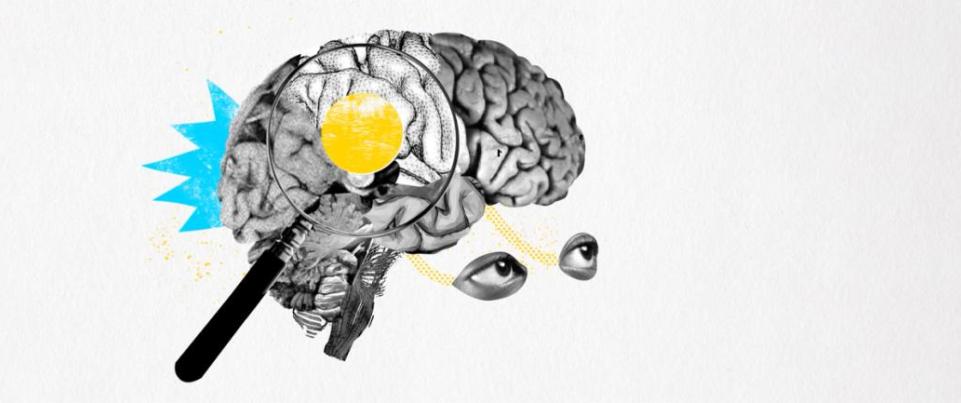
One of the most remarkable features of the human brain is the presence of cortical folds. Formed before birth, they are visible from its outer surface. These folds are unique to each individual, just like our fingerprints. Understanding their formation is therefore one of the keys to detecting early brain development disorders... Welcome to the medicine of tomorrow!
With an average of 1,200 cm3 of grey matter, the human brain is a fascinating and highly complex organ. In particular, its outer shell, the cortex, receives sensory information about the environment and the body's interior from all over the body, which it processes and combines to constantly adapt and make decisions that translate into motor actions (speech, movement...). With around 100 billion connected neurons, the cortex is an incredible machine for processing information, producing thoughts and manipulating concepts.
Folds increase cortical surface area by 30 to 40%.
One of the most remarkable features of the human cerebral cortex, which sets it apart from other species, is the presence of numerous folds covering its surface, due to grooves formed in the grey matter, varying in depth from 10 to 20 mm in the adult brain. These folds considerably increase the area of cortex available for neuronal connections, by around 30 to 40%, enabling greater cognitive capacity. From an initially smooth cortex before the 20th week of gestation, these folds form right up to birth, resulting in a profound change in brain shape. At birth, cortical folds are as unique to each individual as fingerprints.
As part of the SulcalGrids project, the team coordinated by Guillaume Auzias (Institut de neurosciences de la Timone à Marseille - AMU/CNRS), is proposing new tools to describe the formation of these folds during pre-natal development, and to better understand the origin of inter-individual variations: "These questions are central to neuroscience and have major medical implications. Among other things, the aim is to identify anatomical or functional abnormalities in cortical development associated with certain neurological disorders, and thus define biomarkers that could play a decisive role in the diagnosis of these pathologies. Although we are still in the early stages of scientific understanding of the processes involved, in the long term we can hope that very early detection of such anomalies, in utero, will lead to better management of these pathologies."
Sulcal pits, highly relevant indicators for comparing individuals
To unravel the secrets of early cortical development, the Marseille-based team has been looking for several years at geometric markers known as "sulcal pit": "This is the deepest point of each sulcus in the cerebral cortex, from which the folds are formed. Sulcal pits, of which there are 80 to 100 per hemisphere in adults, are established very early in development, under the influence of genetic and biomechanical factors. This makes them particularly relevant indicators for comparison between individuals", continues the researcher.
About Focus Sciences
Through a variety of multidisciplinary projects, this blog invites you to discover research in the making. Scientists talk about the genesis of a current project, how they got there, their doubts... This research has been awarded the "Science with and for Society" label by the French Ministry of Higher Education and Research.
To find out more, read the editorial.
"This research and paper were funded in whole or in part by the Agence Nationale de la Recherche (ANR) under the ANR-SulcalGRIDS- AAPG 2018-2019 project. This paper is produced and funded under the "Sciences Avec et Pour la Société - Culture Scientifique Technique et Industrielle" call for projects."
Article originally published on March 11, 2024 on CNRS le Journal's Focus Sciences blog.











